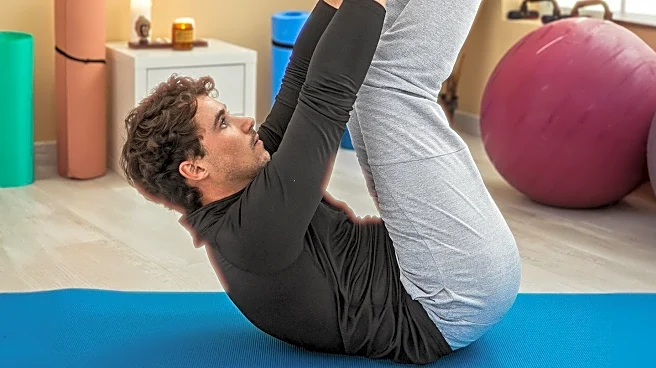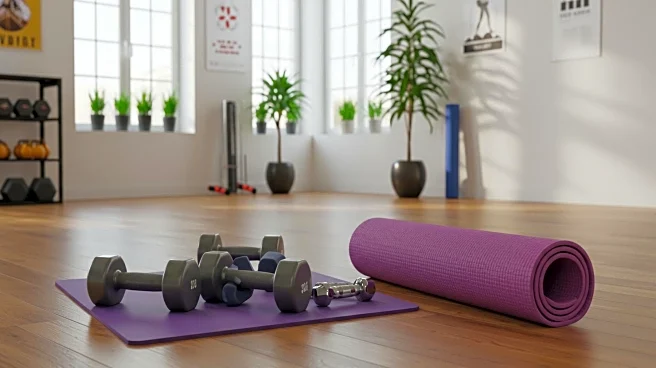Rapid Read • 8 min read
Pilates is poised to transition from a niche exercise to a mainstream fitness activity by 2026, driven by a combination of scientific validation, demographic trends, and technological advancements. Recent studies, including a large network meta-analysis published in the Journal of Orthopaedic & Sports Physical Therapy (JOSPT), have highlighted Pilates as one of the most effective exercises for reducing chronic low back pain and disability. This analysis, which reviewed 118 trials involving 9,710 participants, found Pilates to consistently rank high in terms of pain relief and functional improvement. Additionally, a 2023 systematic review demonstrated that Pilates enhances core muscle activation, particularly benefiting individuals with chronic low back pain. For older adults, a 2024 analysis indicated that Pilates improves both static and dynamic balance, which are critical for reducing fall risks. Despite the moderate certainty of this evidence, the findings suggest a promising role for Pilates in promoting healthy aging.
AD
The growing body of evidence supporting Pilates' health benefits is significant for the fitness industry and public health. As Pilates gains recognition for its effectiveness in managing chronic pain and improving balance, it could become a preferred exercise option for a broader demographic, including older adults and those with specific health conditions. This shift could lead to increased demand for Pilates classes and instructors, impacting the fitness industry by driving the expansion of Pilates studios and related services. Moreover, the integration of technology that complements Pilates' format could further enhance its accessibility and appeal, potentially leading to innovations in how Pilates is taught and practiced. The mainstream adoption of Pilates could also influence public health policies by encouraging exercise regimens that focus on core strength and balance, ultimately contributing to healthier aging populations.
As Pilates continues to gain traction, the fitness industry may see a surge in the establishment of new studios and the development of online platforms offering Pilates classes. Fitness professionals might seek specialized training to meet the growing demand for qualified Pilates instructors. Additionally, further research is likely to be conducted to solidify the evidence base for Pilates' health benefits, potentially leading to its inclusion in clinical guidelines for managing chronic pain and improving balance. Policymakers and healthcare providers may also consider promoting Pilates as part of preventive health strategies, particularly for aging populations. The continued evolution of technology could result in innovative ways to deliver Pilates instruction, making it more accessible to diverse audiences.
AD
More Stories You Might Enjoy










